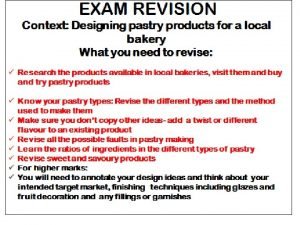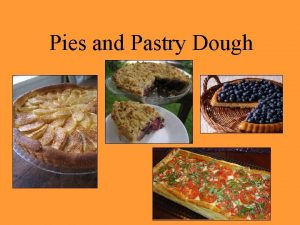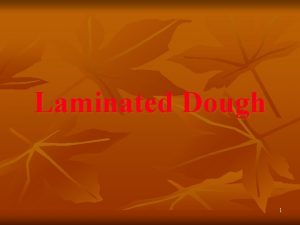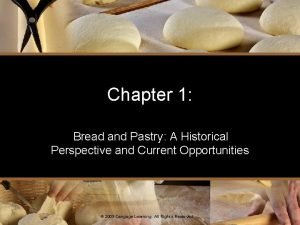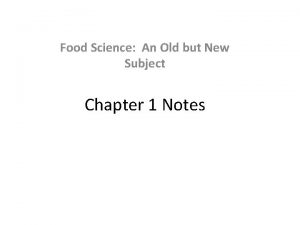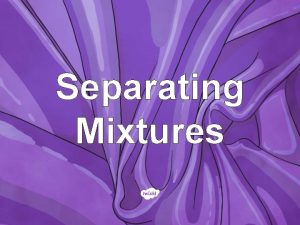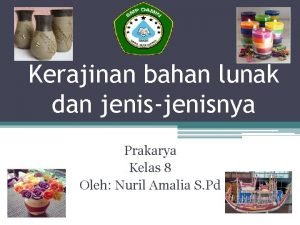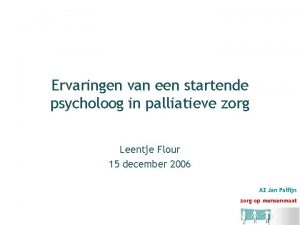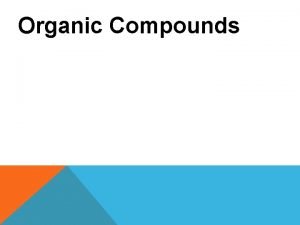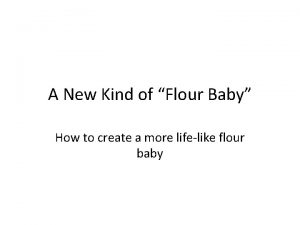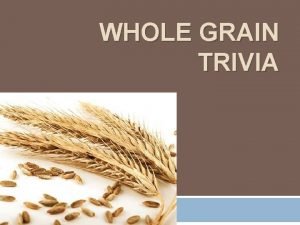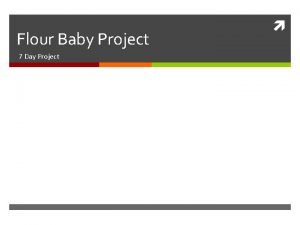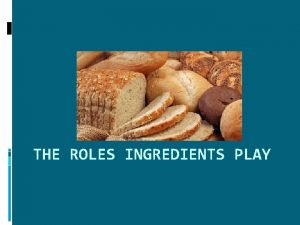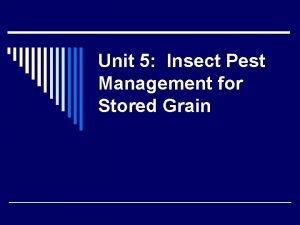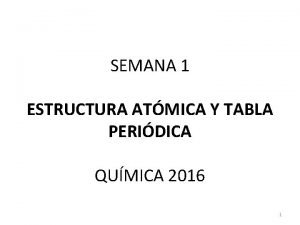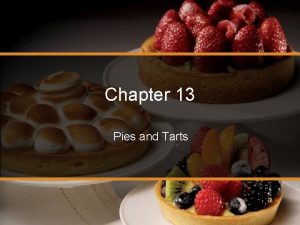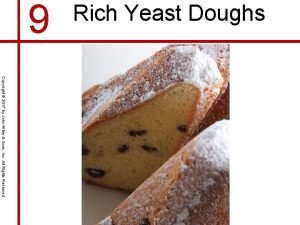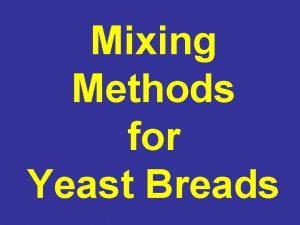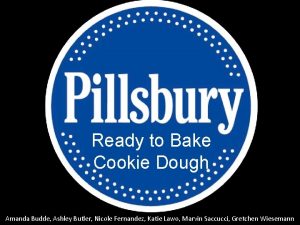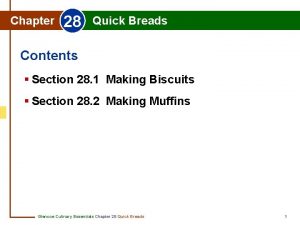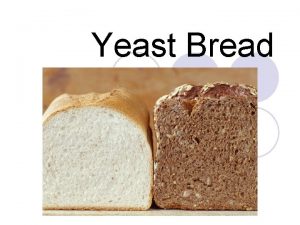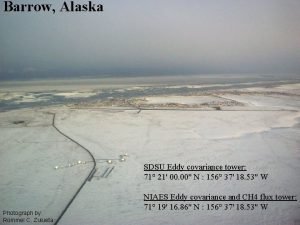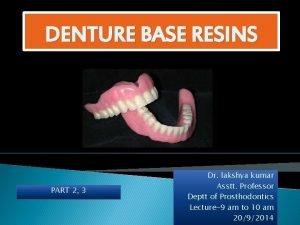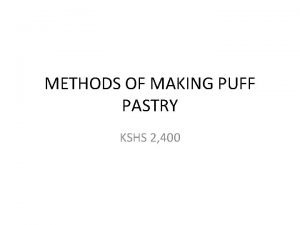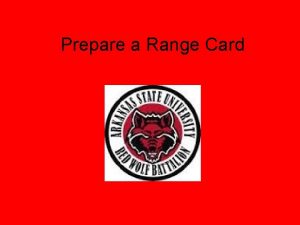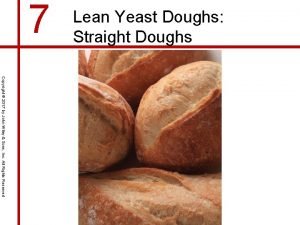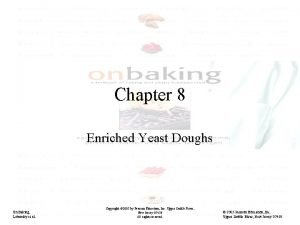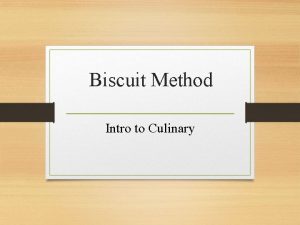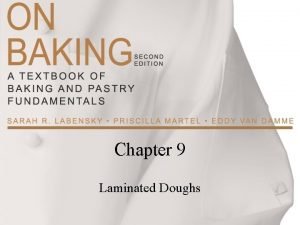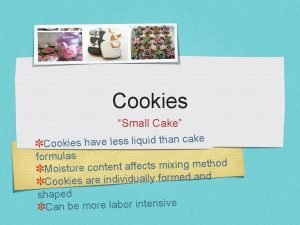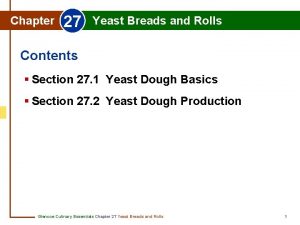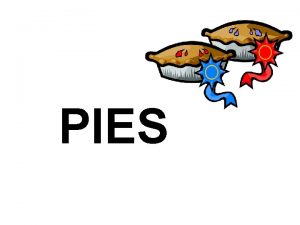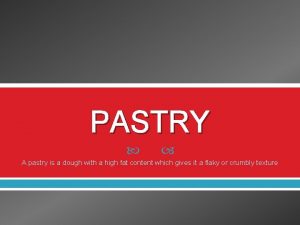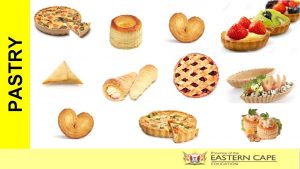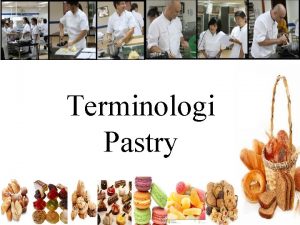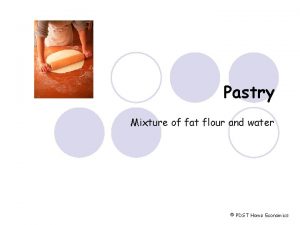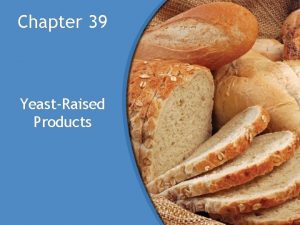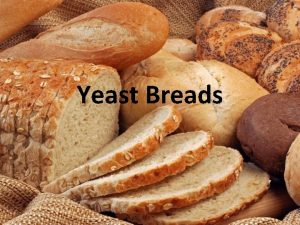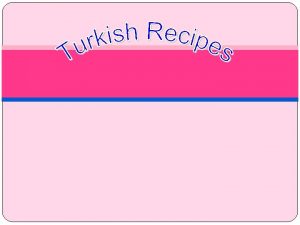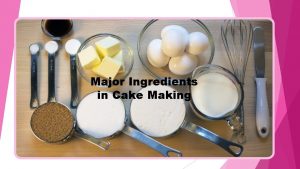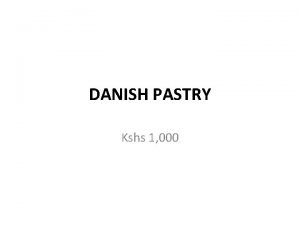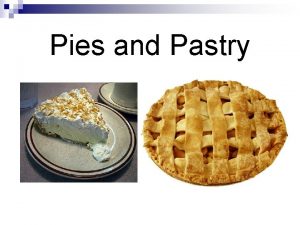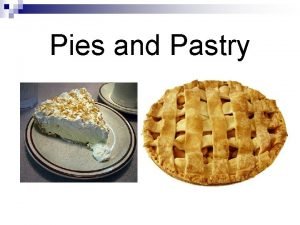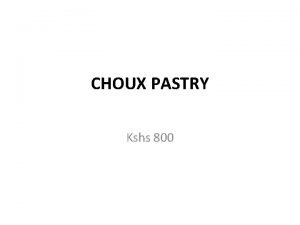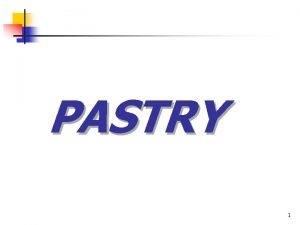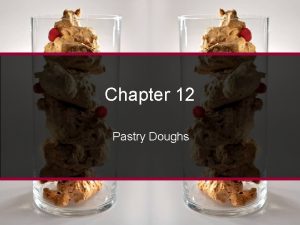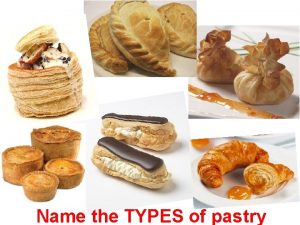Pastry Pastry is a dough of flour water









































- Slides: 41

Pastry

• Pastry is a dough of flour, water and shortening that may be savoury or sweetened. • Savoury: -(of food) belonging to the category which is salty or spicy rather than sweet. • Sweetened pastries are often described as bakers' confectionery. The word "pastries" suggests many kinds of baked products made from ingredients such as flour, sugar, milk, butter, shortening, baking powder, and eggs. Small tarts and other sweet baked products are called pastries. The French word pâtisserie is also used in English (with or without the accent) for the same foods.

• Pastry can also refer to the pastry dough, [ from which such baked products are made. Pastry dough is rolled out thinly and used as a base for baked products.

Types of Pastry • • • Shortcrust Pastry Flaky Pastry Puff Pastry Choux Pastry Phyllo (Filo) Hot water crust Pastry

Flaky pastry • Flaky pastry is a simple pastry that expands when cooked due to the number of layers. It bakes into a crisp, buttery pastry. The "puff" is obtained by the shard-like layers of fat, most often butter or shortening, creating layers which expand in the heat of the oven when baked.




Puff pastry • Puff pastry has many layers that cause it to expand or "puff" when baked. Puff pastry is made using flour, butter, salt, and water. The pastry rises up due to the water and fats expanding as they turn into steam upon heating. Puff pastries come out of the oven light, flaky, and tender. • Danish pastry is also puff pastry








Hot water crust pastry • Hot water crust pastry is used for savoury pies, such as pork pies, game pies and, more rarely, steak and kidney pies. Hot water crust is traditionally used for making hand-raised pies. The usual ingredients are hot water, lard (Lard is pig fat)and flour, the pastry is made by heating water, melting the fat in this, bringing to the boil, and finally mixing with the flour. This can be done by beating the flour into the mixture in the pan, or by kneading on a pastry board.

• Either way, the result is a hot and rather sticky paste that can be used for hand-raising: shaping by hand, sometimes using a dish or bowl as an inner mould. As the crust cools, its shape is largely retained, and it is filled and covered with a crust, ready for baking.




Shortcrust Pastry • Shortcrust pastry is the simplest and most common pastry. It is made with flour, fat, butter, salt, and water to bind the dough. • This is used mainly in tarts. It is also the pastry that is used most often in making a quiche. • Quiche: -Quiche is a savoury, open pastry crust with a filling made with eggs and milk or cream with one or more of cheese, meat, seafood or vegetables. Quiche can be served hot or cold. • The process of making pastry includes mixing of the fat and flour, adding water, and rolling out the paste. • Tarts: -Tarts are typically free-standing with firm pastry base consisting of dough, itself made of flour, thick filling, and perpendicular sides




Choux pastry • Choux pastry is a very light pastry that is often filled with cream. Unlike other types of pastry, choux is in fact closer to a dough before being cooked which gives it the ability to be piped into various shapes such as the éclair. Its name originates from the French choux, meaning cabbage, owing to its rough cabbagelike shape after cooking. Choux begins as a mixture of milk or water and butter which are heated together until the butter melts, to which flour is added to form a dough.

• Eggs are then beaten into the dough to further enrich it. This high percentage of water causes the pastry to expand into a light, hollow pastry. Initially, the water in the dough turns to steam in the oven and causes the pastry to rise; then the starch in the flour gelatinizes, • Gelatinization: - Starch gelatinization is a process of breaking down the intermolecular bonds of starch molecules in the presence of water and heat, allowing the hydrogen bonding sites (the hydroxyl hydrogen and oxygen) to engage more water. This irreversibly dissolves the starch granule in water. • thereby solidifying the pastry. Once the choux dough has expanded, it is taken out of the oven; a hole is made in it to let the steam out.

• The pastry is then placed back in the oven to dry out and become crisp. The pastry is filled with various flavors of cream and is often topped with chocolate. Choux pastries can also be filled with ingredients such as cheese, tuna, or chicken to be used as appetizers.







Phyllo • (Filo)Phyllo is a paper-thin pastry dough that is used in many layers. The phyllo is generally wrapped around a filling and brushed with butter before baking. These pastries are very delicate and flaky






 What is the flour to fat ratio for short pastry?
What is the flour to fat ratio for short pastry? What is the goal when making a pastry dough
What is the goal when making a pastry dough Define pithivier
Define pithivier Pastry pastry
Pastry pastry Water and water and water water
Water and water and water water Food science an old but new subject
Food science an old but new subject How to separate raisins and flour
How to separate raisins and flour Craft software
Craft software Bread molecules
Bread molecules Kitchen pests
Kitchen pests Kuin psycholoog
Kuin psycholoog Components of flour
Components of flour Flour procurement
Flour procurement Flour bag baby
Flour bag baby Rice is a grain true or false
Rice is a grain true or false Widow with oil and flour
Widow with oil and flour Flour babies project
Flour babies project Flour pot bakery
Flour pot bakery Examples of flour mixtures
Examples of flour mixtures Grain insect
Grain insect A food handler stored a sanitizer spray bottle
A food handler stored a sanitizer spray bottle Niveles s p d f
Niveles s p d f Mealy pie dough definition
Mealy pie dough definition Rich yeast dough
Rich yeast dough Straight dough method
Straight dough method Amanda dough
Amanda dough Section 28-1 yeast dough basics
Section 28-1 yeast dough basics 3 classes of yeast breads
3 classes of yeast breads Sdstate hobo dough
Sdstate hobo dough Sdsu hobo dough
Sdsu hobo dough Causes of porosity in denture base resin
Causes of porosity in denture base resin Iritritis
Iritritis What is a range card
What is a range card Lean yeast dough
Lean yeast dough Enriched yeast dough
Enriched yeast dough Card services sdsu
Card services sdsu Rubbed dough method
Rubbed dough method Why did she take a tiny scrap of dough?
Why did she take a tiny scrap of dough? Laminated dough is also known as
Laminated dough is also known as Rolled cookies are made from a stiff dough
Rolled cookies are made from a stiff dough Soft medium dough examples
Soft medium dough examples What are the ingredients and proportions in 3-2-1 dough
What are the ingredients and proportions in 3-2-1 dough
